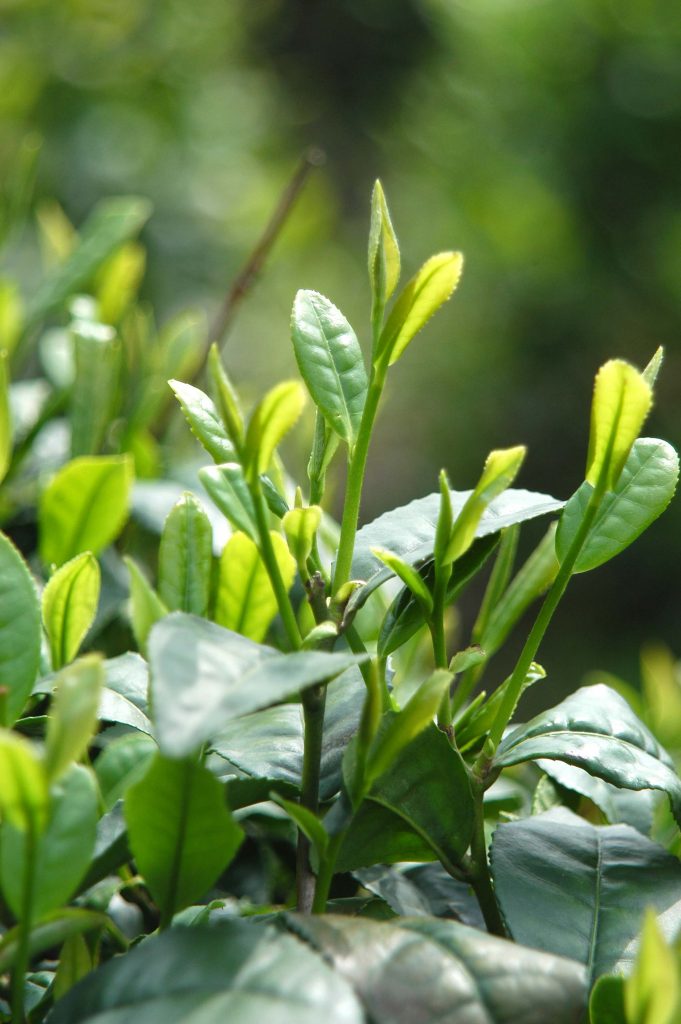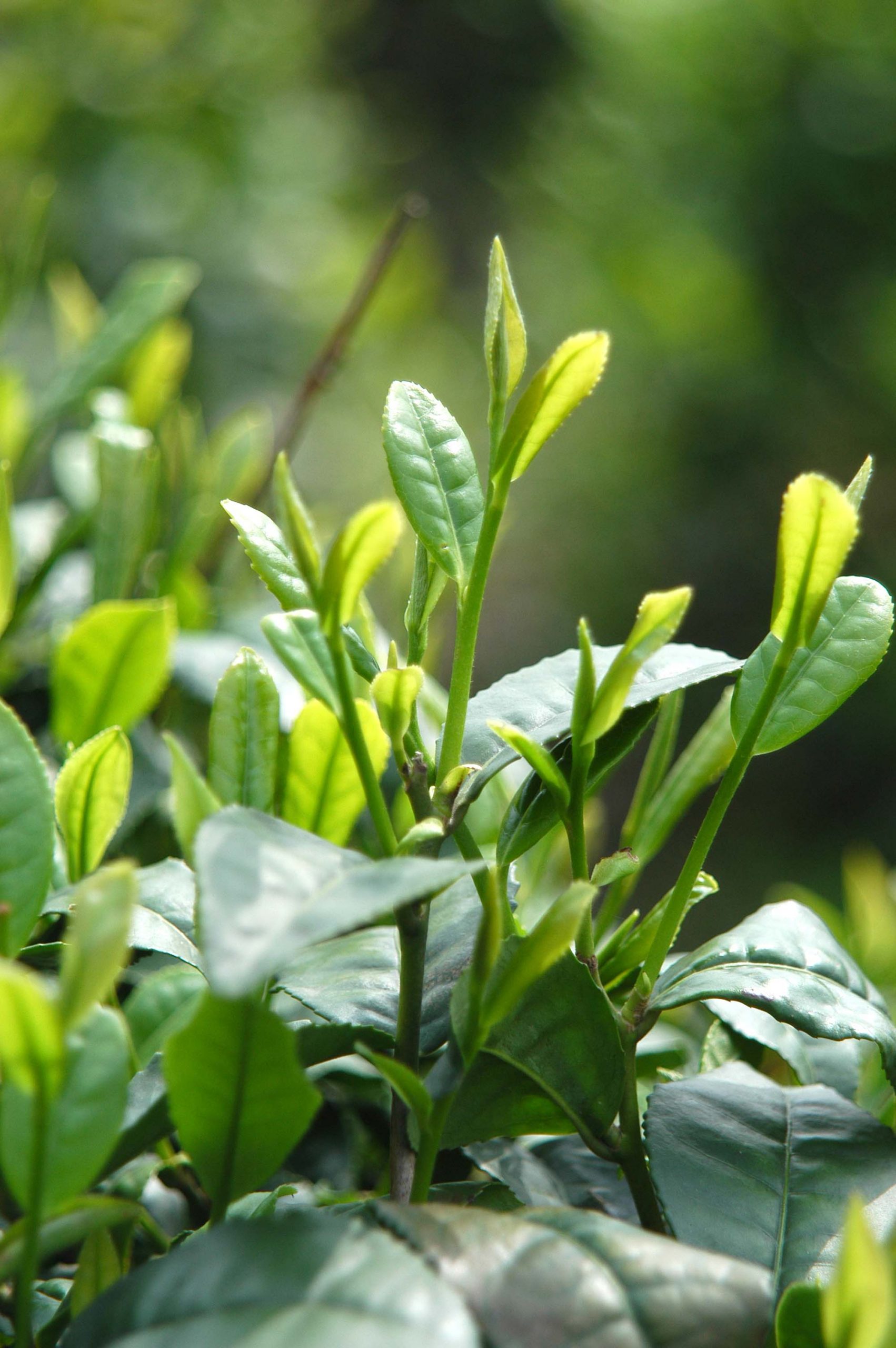
Profile
- Latin Name: Camelia Sinensis
- CAS No.: 84650-60-2 / 989-51-5 / 3081-61-6
- Active Ingredients: Polyphenol, Catechins EGCG, Caffeine
- Specifications: 1:1, 2:1, 4:1, 5:1, 10:1, 20:1, 10%?99%
- Test Method: UV-VIS / HPLC
Description
The Chinese have known about the medicinal benefits of green tea since ancient times, using it to treat everything from headaches to depression.
Today, scientific research in both Asia and the west is providing hard evidence for the health benefits long associated with drinking green tea.
To sum up, here are just e few medical conditions in which drinking green tea is reputed to be helpful: rheumatoid arthritis, high cholesterol levels, cardiovascular disease, infection, impaired immune function.
The secret of green tea lies in the fact it is rich in catechin polyphenols, particularly epigallocatechin gallate (EGCG). EGCG is a powerful anti-oxidant. It has also been effective in lowering LDL cholesterol levels, and inhibiting the abnormal formation of blood dots.
Green, Oolong and black teas all come from the leaves of the Camellia Sinensis plant. What sets green tea apart is the way it is processed. Green tea leaves are steamed, which prevents the EGCG compound from being oxidized. By the contrast, black and oolong tea leaves are made from fermented leaves, which results in the EGCG being converted into other compounds that are not nearly as effective in preventing and fighting various diseases.

